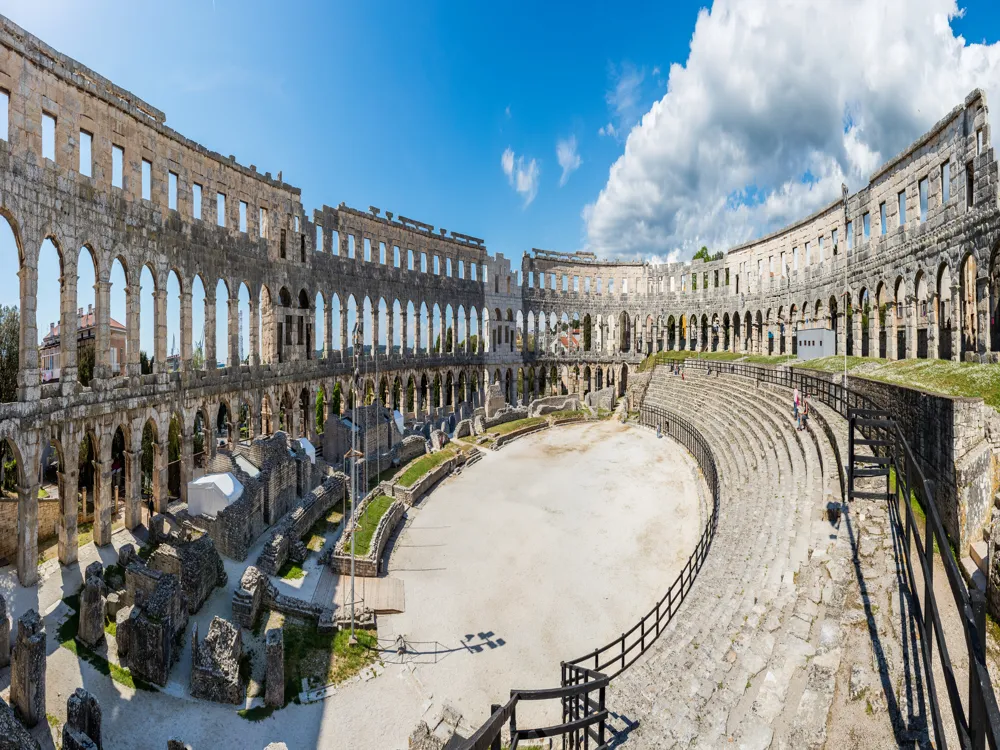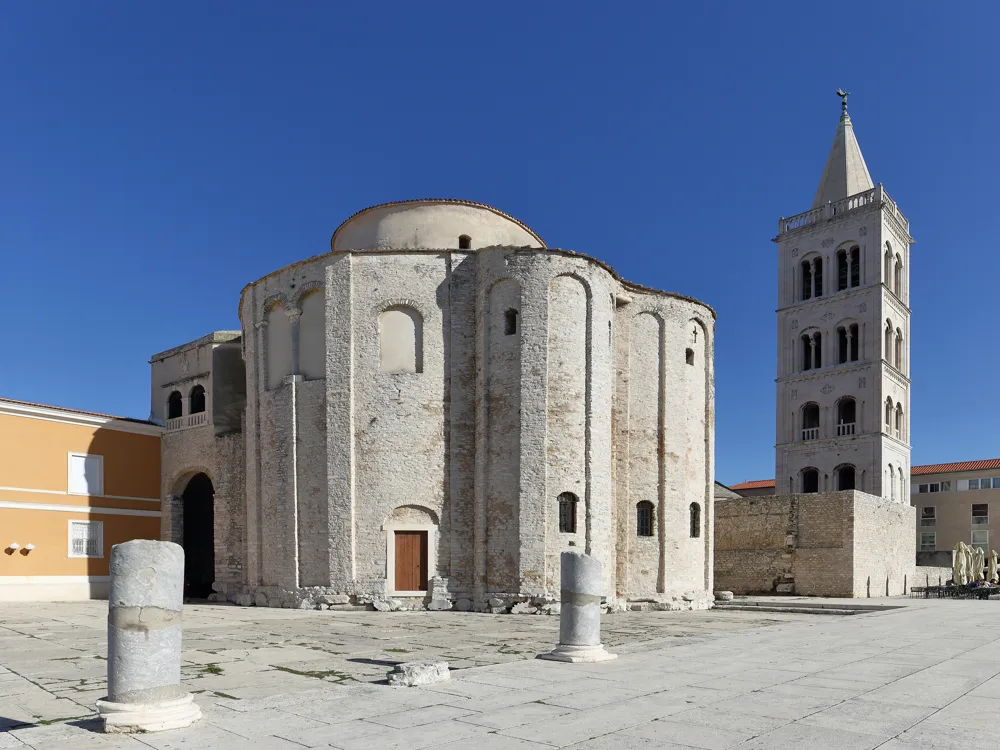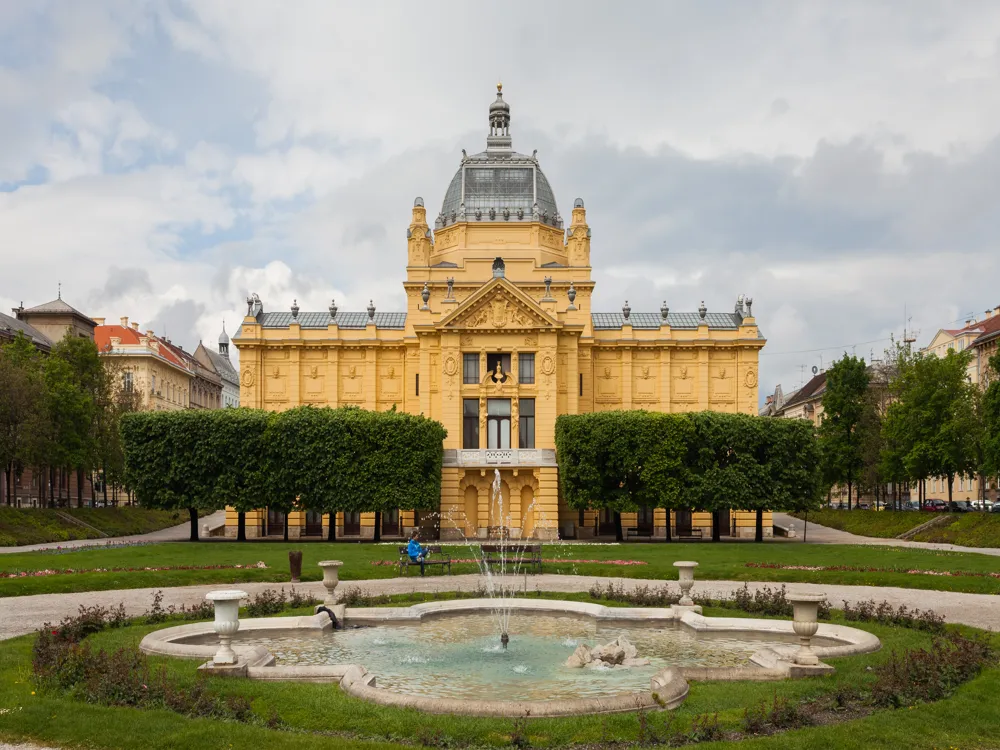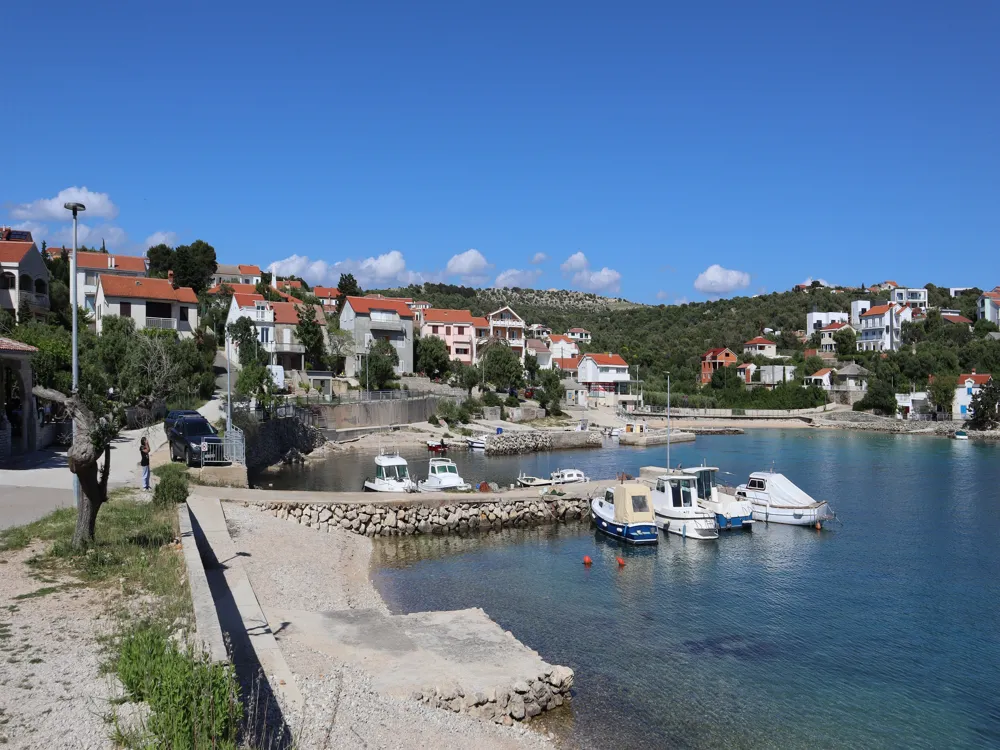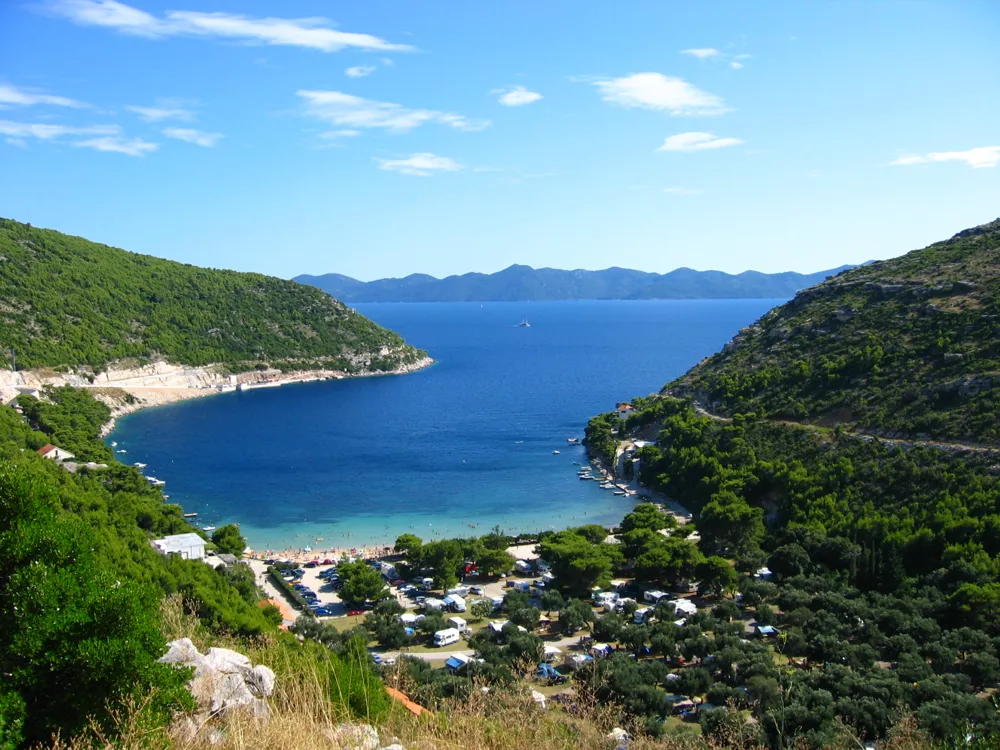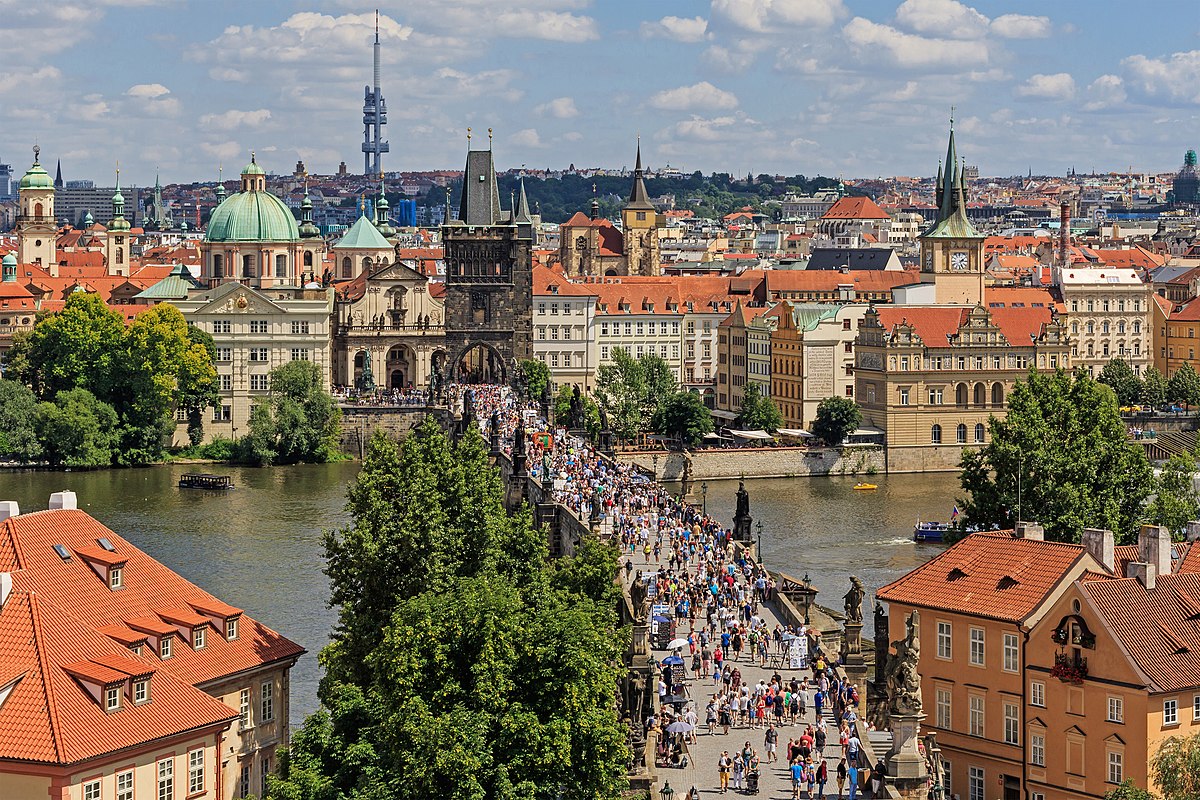Plan Your Travel To Croatia
Croatia Travel Essentials
Currency: Croatian Kuna (HRK)
Best Time: April-May; September Read More
Budget: Moderately expensive
"The Colourful Coastal Country"
Croatia Tourism
Croatia is a charming location that blends a rich history, breathtaking scenery, and a lively Mediterranean environment. It is a lovely country nestled in southeast Europe. Its picturesque Adriatic Sea coastline is dotted with more than a thousand islands, quaint fishing villages, and historic towns. The "Pearl of the Adriatic," Dubrovnik, is renowned for its beautifully preserved mediaeval fortifications and buildings. Discover Split's historical centre, which is home to the UNESCO-designated Diocletian's Palace. Inland, Croatia has verdant national parks with sparkling lakes and waterfalls, such as Plitvice Lakes and Krka. With its many galleries, museums, and historic beauty, the capital city of Zagreb radiates a vibrant urban vitality. Fresh fish, filling stews, and delicious pastries are just a few of the mouthwatering dishes found in Croatian food. In addition to offering a blend of history, natural beauty, and Mediterranean charm, Croatia welcomes visitors with open arms, whether they choose to cruise along the Dalmatian coast, hike in the highlands, or take part in local festivities.
Must Know Before You Travel to Croatia
- Currency: Croatia uses the Croatian kuna (HRK). Credit cards are widely accepted, but it's handy to have some cash.
- Language: Croatian is the official language, but English is widely spoken in tourist areas.
- Visa: Check visa requirements based on your nationality. Many countries have visa-free access for short stays.
- Climate: Croatia enjoys a Mediterranean climate, with hot, dry summers and mild winters. Plan your visit accordingly.
- Local Cuisine: Savour traditional dishes like seafood, peka, and pasticada, paired with local wines.
- Safety Precautions: Croatia is generally considered safe for tourists. Exercise common sense, safeguard your belongings, and stay informed about local safety guidelines.
- Health Insurance: Ensure you have travel insurance that covers health expenses. European Health Insurance Cards (EHIC) are valid in Croatia for EU citizens, but having additional coverage is recommended.
- Transportation: Croatia has a well-connected transportation system. Consider renting a car for exploring rural areas, and use buses or ferries for inter-city travel. Ride-sharing services are also available in some cities.
- Cultural Etiquette:Croatians are friendly and hospitable. Greetings are important, and a simple "Dobar dan" (good day) goes a long way. When entering churches or religious sites, modest clothing is appreciated.
Tourist Places to Visit In Croatia
Dubrovnik
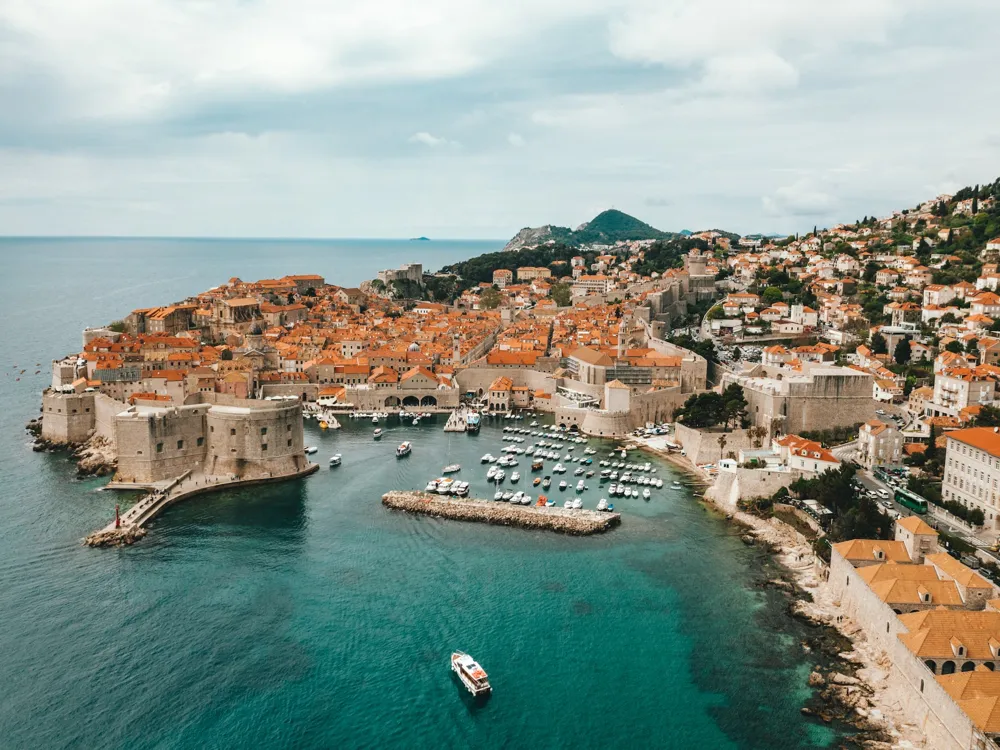
Zagreb
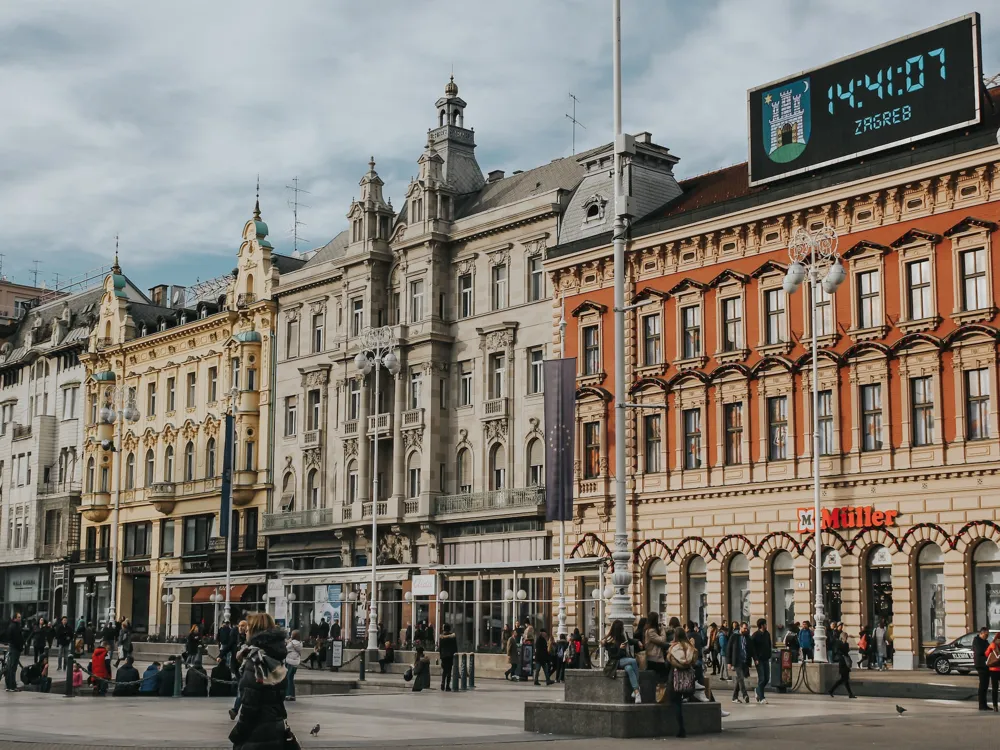
Zadar
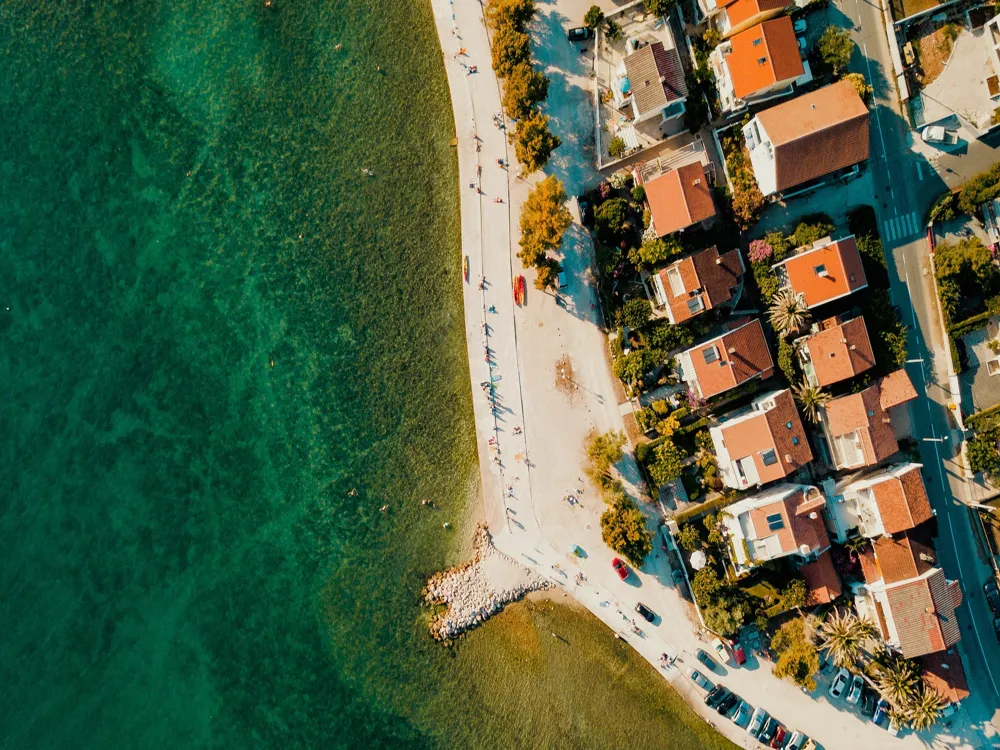
Pula
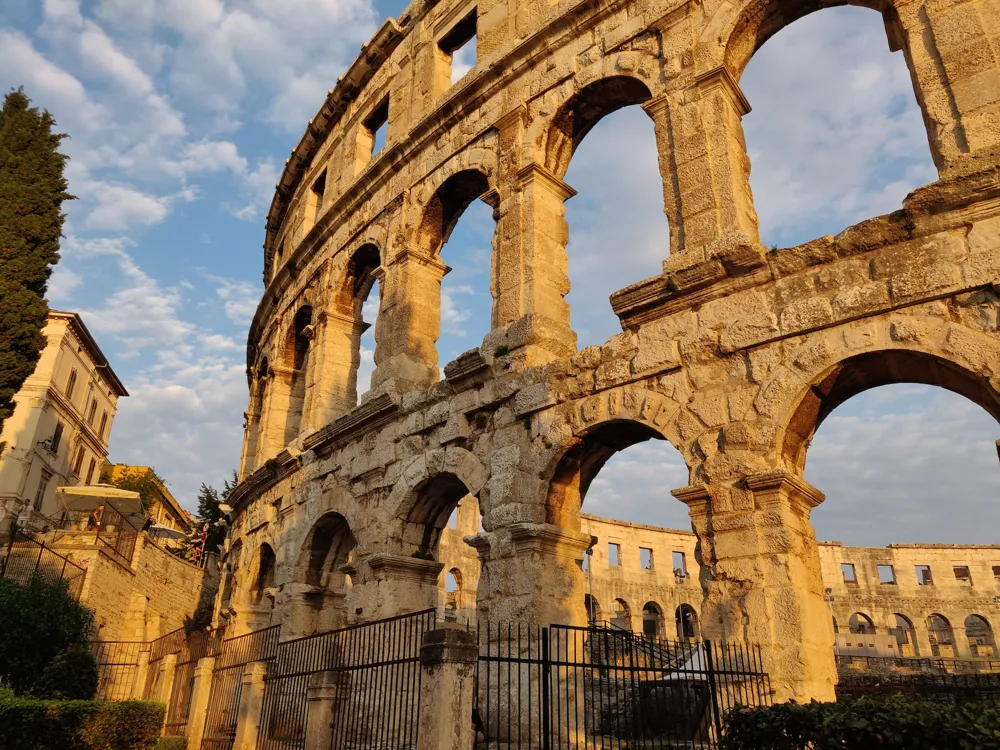
Hvar Island
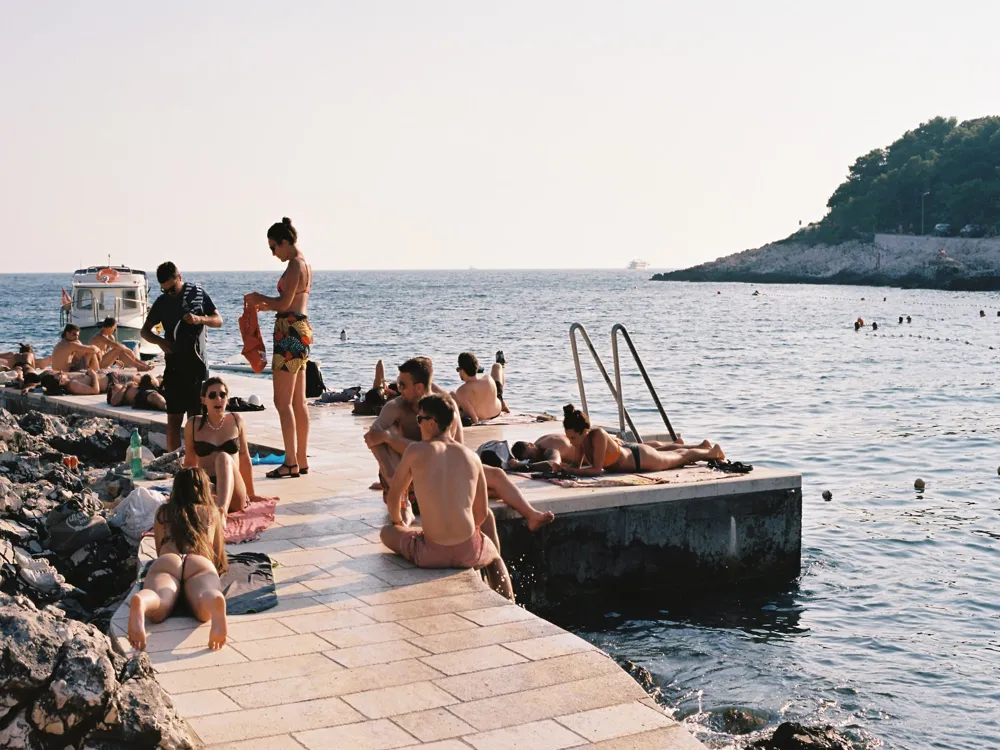
Rovinj
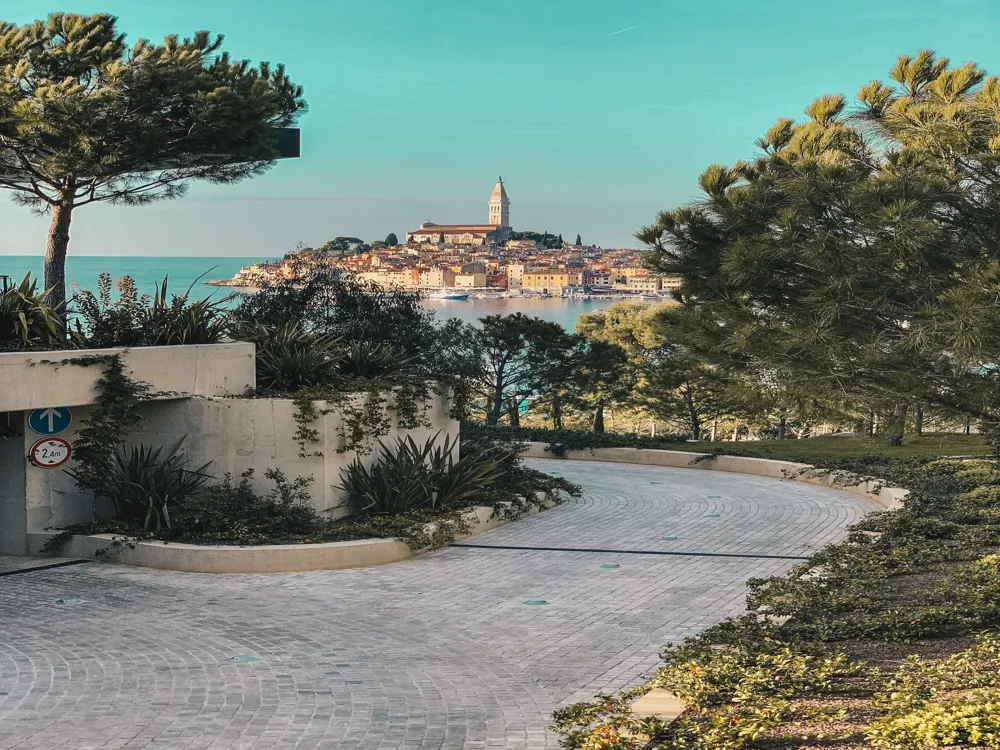
Croatia Travel Packages
Compare quotes from upto 3 travel agents for free
View All Packages For Croatia
More on Croatia Travel
All collections about Croatia
Best time to visit Croatia
When it's sunny and nice outside, May and June, or September and October, are the finest months to visit Croatia. It is therefore perfect for sunbathing and swimming. In addition, they are less congested than peak season (July and August), which may be quite hot, especially in the afternoons. Early autumn (September to October) and spring (March to May) are the ideal seasons to visit Croatia. Compared to summer, spring and early fall have beautiful weather with fewer clouds. They are excellent for trekking, outdoor pursuits, and environmental exploration. The least busy time of year is late autumn (November), which makes it a great time to go on a tight budget. Even if some of the coastline islands may not have as many amenities or be as accessible, you may still visit them more slowly.The peak travel season, which runs from June to August, features moderate temperatures and lots of sunshine. For those who enjoy water activities and beaches, this is the perfect time of year. Summertime brings a plethora of outdoor activities, music festivals, and cultural events. It's ideal for sailing and taking in the stunning coastline scenery as well.The best time to enjoy winter activities like skiing in interior locations like Gorski Kotar's mountains or Plitvice Lakes National Park is during the winter, which lasts from December to February. darker than in the summer. They are excellent for trekking, outdoor pursuits, and environmental exploration. The least busy time of year is late autumn (November), which makes it a great time to go on a tight budget. Even if some of the coastline islands may not have as many amenities or be as accessible, you may still visit them more slowly.The peak travel season, which runs from June to August, features moderate temperatures and lots of sunshine. For those who enjoy water activities and beaches, this is the perfect time of year. Summer brings a wealth of outdoor activities, music festivals, and cultural events. It's ideal for sailing and taking in the stunning coastline scenery as well.The best time to enjoy winter activities like skiing in interior locations like Gorski Kotar's mountains or Plitvice Lakes National Park is during the winter, which lasts from December to February.
Read More on Croatia Travel
Exchanging money in Costa Rica:
Exchanging money is a must for a smooth trip to Costa Rica. Although US dollars are commonly accepted, the Costa Rican Colón (CRC) is the currency used locally. For convenience, it is best to carry a combination of both currencies. Although banks and airports provide currency exchange services, utilising ATMs is frequently the most economical choice. Airport fees and exorbitant exchange rates should be avoided. Although most places accept credit cards, small companies can prefer cash. Put security first and utilise the ATMs located inside banks. All things considered, converting money in Costa Rica is easy, so you're set to go exploring this stunning nation.
Nightlife in Costa Rica:
The nightlife in Costa Rica is dynamic, with something to suit every taste. A bustling bar and club scene including live music, salsa dancing, and handcrafted drinks can be found in San Jose. Beachfront bars and beach parties are well-known features of the coastal villages of Tamarindo and Jaco. Enjoy a relaxed vibe with beachside bars and lounges in Manuel Antonio and Quepos. Discover the hot springs in the Arenal region; several offer entertainment throughout the evening. A native sugarcane-based liquor called Cacique Guaro is a must-try while you take in the vibrant Costa Rican nightlife.
Shopping in Costa Rica:
With a focus on local crafts and environmentally sustainable goods, Costa Rica provides a distinctive shopping experience. For coffee, souvenirs, and handcrafted goods, check out the Mercado Central in San Jose, one of the area's main marketplaces. Sarchi is well known for its exquisitely painted oxcarts, which are an iconic part of Costa Rican culture. Discover coffee farms and bring some of the best coffee in the world home with you, coffee lovers. Beautiful paintings and sculptures from Costa Rica's thriving art scene may be seen at markets and galleries. Always remember to negotiate for the best prices at markets and to support regional craftspeople.
Festivals in Costa Rica:
Costa Rica has an abundance of festivals honouring its customs and culture. Live music, bullfights, and rodeos are all included at the January Fiestas de Palmares. During Semana Santa, which is the Holy Week preceding Easter, religious celebrations and processions take place. Bright parades and traditional dances are on display on July 25, the National Day of Annexation of Guanacaste. A magnificent Christmas procession, including lit floats, takes place in December during the Festival de la Luz. Costa Ricans display their sense of community and rich tradition by celebrating these occasions with pleasure and harmony.
Hygiene in Costa Rica:
Costa Rica is renowned for its dedication to hygienic practises and cleanliness. Because of stringent water treatment regulations, tap water is usually safe to consume in most places. But in isolated areas, it's best to use bottled water. Food safety is a top concern, and the majority of eateries uphold strict hygienic practises. There are well-maintained sanitary facilities, and handwashing is advised. In some places, using insect repellent is necessary to prevent infections spread by mosquitoes. Travellers may expect a pleasant and safe experience overall because of Costa Rica's commitment to maintaining high standards of hygiene and health.
Tips for visiting Costa Rica:
- Embrace Pura Vida: This Costa Rican philosophy embodies a simple, happy life. Slow down, enjoy nature, and be present.
- Eco-conscious Travel: Respect the country's rich biodiversity. Stay in eco-friendly accommodations and support conservation efforts.
- Learn Some Spanish: While English is widely spoken, basic Spanish phrases can enhance your experience.
- Weather Awareness: Pack for diverse climates. Costa Rica has both tropical beaches and cooler mountain regions.
- Adventure Awaits: Explore rainforests, zip-line through canopies, and go wildlife watching.
- Cash and Cards: Have a mix of colones and US dollars. ATMs are widely available.
- Safety First: Use reliable transportation, stay in well-reviewed accommodations, and be mindful of your belongings.
Foods of Costa Rica:
The food of Costa Rica is a beautiful fusion of cultures and tastes. "Gallo pinto," or rice and beans, is a mainstay of almost any meal. Sweet and flavorful plantains are popular side foods. There's no shortage of seafood, and "ceviche" is a cool seaside specialty. Typical "casados" consist of rice, beans, veggies, and protein. Enjoy "tamales" and "empanadas," which are street foods, throughout the Christmas season. Taste the rich, fragrant coffee and have a sweet, cool "agua de sapo" instead. With something to suit every palette, Costa Rican food is a taste adventure.
Photos of Croatia
All Country Photos Croatia
Popular Questions And Answers on Croatia
Is Croatia safe for tourists?
Croatia is generally considered a safe destination for tourists. It has a low crime rate, and violent crimes are rare. However, like any other place, it's important to stay aware of your surroundings and take normal precautions.
What's the best time to visit Croatia?
The best time to visit Croatia is during the summer months, from May to September. The weather is warm, and the coastal areas are ideal for beach activities. Spring and early fall can also be pleasant with fewer crowds.
Do I need a visa to visit Croatia?
Most European Union (EU) citizens do not require a visa to visit Croatia for short stays. Non-EU citizens should check the visa requirements specific to their country before traveling.
What are the must-visit places in Croatia?
Some of the top destinations in Croatia include Dubrovnik, Split, Plitvice Lakes National Park, Hvar, and the historic town of Trogir. The country offers a diverse range of attractions, from beautiful coastlines to historical sites.
What's the local currency in Croatia?
The official currency in Croatia is the Croatian Kuna (HRK). Credit cards are widely accepted, and you can also find ATMs in most cities and tourist areas.
Is English spoken in Croatia?
Yes, English is commonly spoken in tourist areas, and many Croatians working in the tourism industry are proficient in English. Learning a few basic Croatian phrases can be helpful and appreciated.
What is the cuisine like in Croatia?
Croatian cuisine is influenced by Mediterranean, Hungarian, and Austrian flavors. Try dishes like seafood, grilled meats, pastas, and local wines. Don't miss trying
Can I drink tap water in Croatia?
Yes, tap water in Croatia is safe to drink. It meets European Union standards for quality. In rare cases, some travelers may prefer bottled water.
What are the transportation options in Croatia?
Croatia has a well-developed transportation system. You can travel by bus, train, or ferry between cities and islands. Renting a car is also a popular choice for exploring the country.
Are there any cultural customs or etiquette to be aware of?
Croatians are generally friendly and welcoming. It's polite to greet with a handshake and say

